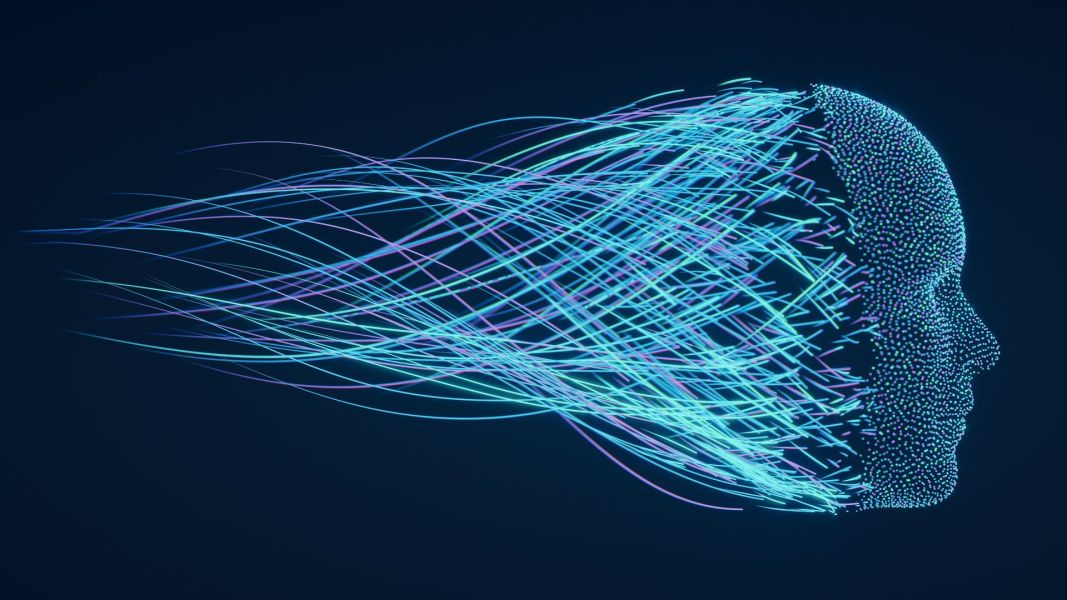While the rise of artificial intelligence has been controversial, it’s had some positive impacts on the lives of people and in the business space. Some argue that AI poses risks to privacy and threatens jobs as the technology makes staff in some industries redundant. There are valid concerns about AI’s ascent and some undeniable benefits.
Considering how disruptive AI has been across the business landscape, it’s not surprising that it can be used in areas such as food safety. Continue reading to see five ways AI can potentially enhance food safety and protect people.

1. Fast-Tracking Bacteria Detection
According to one source, UC Davis recently uncovered that AI can be used to find bacteria in food quickly and accurately. In fact, a technique combining AI and optical imaging could detect bacteria and food more efficiently and cost-effectively than conventional pathogen detection methods. The UC Davis researchers took digital pics of lettuce with a white-light-equipped microscope and used AI-enabled software to find bacterial microcolonies. The researchers noted that their setup found 11 out of 12 lettuce samples with E. coli.
2. Identifying Different Types of Bacteria
The researchers also looked into whether or not AI could be used to differentiate between various kinds of bacteria. And they found that their AI-enabled approach could pick out E. coli from among seven other types of foodborne bacterial species at a 94% accuracy rate. The hope is that the findings can bolster the capacity to detect bacteria to safeguard against the types of outbreaks that lead to massive food recalls and sickness among vast populations.
3. Detecting Food Defects at Processing and Packaging Levels
AI can also have a big impact at the processing and packaging levels. The right AI tools can help reduce risks, boost quality and productivity, facilitate task automation, inform better decision-making, and enhance food quality and safety management. One example cited in the source above is the use of AI to find and quantify facility-level quality management factors that concern fluid milk post-pasteurization contamination. The same source notes that machine learning, a subfield of AI, has been combined with sensor-based equipment to conduct food quality and safety assessments and find defects or anomalies in foods.
4. Identifying Problems at the Production Level
Fortunately, there are AI tools in place to help with data collection and processing as well as the management of livestock, crops, soil, and water. Machine learning has been used to look into foodborne pathogens. A previous study leveraged tree-based modeling to find factors connected to the presence of pathogens in water, soil, and drag swab samples taken from produce fields. Finding problems at the production level is better than learning about problems post-outbreak.
5. Providing Early Warnings During Outbreaks
One way AI can be used to increase food safety is by providing early warnings when there are outbreaks. While AI can help prevent problems from occurring in the first place, that doesn’t mean that there won’t be some issues.
So, it’s essential to have a system in place to identify problems and spread the word to minimize or contain the fallout. AI technologies can help public health systems to more efficiently get the word out to the general public when there’s a problem.
These are some of the ways AI can help in the food safety space. But the unfortunate reality is that things like germs and bacteria aren’t just limited to the food people eat. They can also be an issue in environments like the workplace. Depending on the size of your company, you may have dozens or even hundreds of staff and management in the building at any one time.
Businesses can use high-tech products, like UV germicidal lamps, to curb bacterial growth and lessen instances of the flu and colds in the workplace. Companies lose a lot of money in lost productivity when their workers call in sick. So, prevention is key.
While AI offers lots of promise in helping to solve many problems in food safety and other areas, there are other options you can use to keep your place of business safe for employees.

Founder Dinis Guarda
IntelligentHQ Your New Business Network.
IntelligentHQ is a Business network and an expert source for finance, capital markets and intelligence for thousands of global business professionals, startups, and companies.
We exist at the point of intersection between technology, social media, finance and innovation.
IntelligentHQ leverages innovation and scale of social digital technology, analytics, news, and distribution to create an unparalleled, full digital medium and social business networks spectrum.
IntelligentHQ is working hard, to become a trusted, and indispensable source of business news and analytics, within financial services and its associated supply chains and ecosystems










